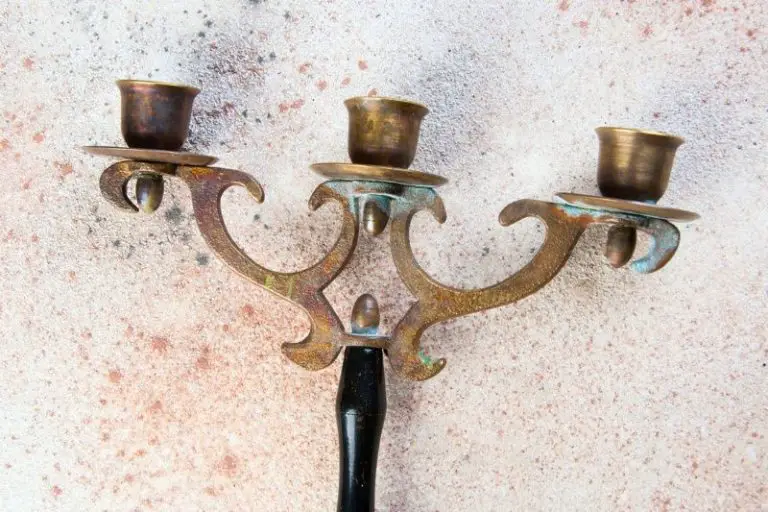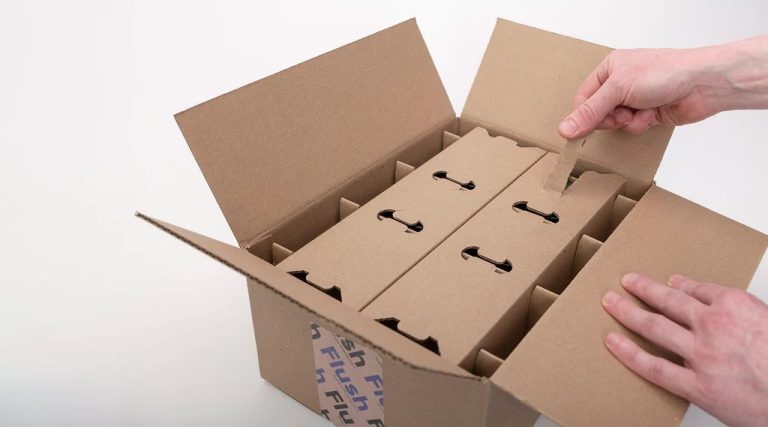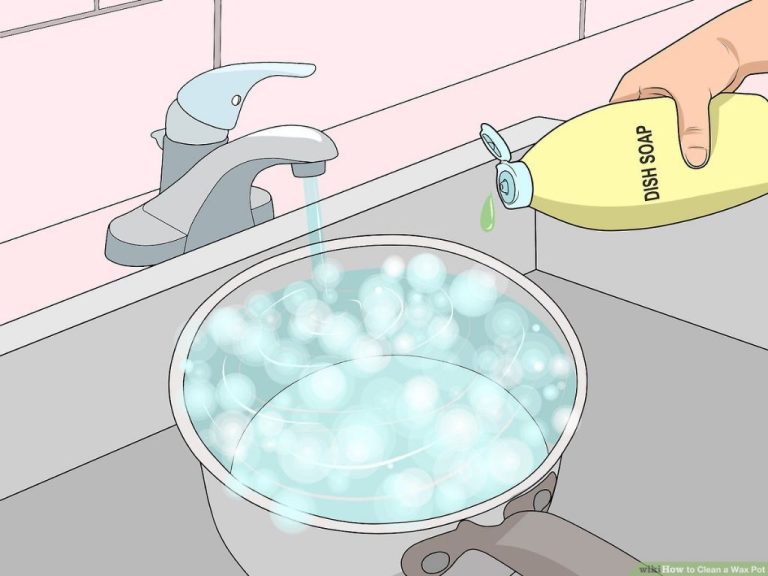How Do You Tell If A Candle Is Expired?
Signs of an Expired Candle
There are several signs that indicate a candle may be expired or no longer safe to burn:
- Wax Texture Changes – The wax may become discolored, crystalized, dried out, or develop an oily sheen or film according to sources like this article from Real Simple.
- Weaker Scent – The essential oils that provide fragrance can evaporate over time. If the scent is very faint or nonexistant, it’s a red flag as noted by Smells candles.
- Soot Buildup – Soot forming around the wick as the candle burns is normal, but excessive soot indicates incomplete combustion and could clog the wick according to Martha Stewart.
- Tunneling – Tunneling happens when the edges of the candle melt faster than the middle, and it’s a sign the wax isn’t distributing heat properly as explained by sources like Real Simple.
- Frosting – A white, frosty layer on the surface of the candle wax can be caused by temperature fluctuations during shipping and storage according to Smells Candles. It may impact scent throw and burn time.
Wax Texture Changes
As candles age and expire, the wax can become soft, sticky, and greasy in texture. The wax is formulated to be hard and rigid when new so that it can hold its shape while burning. According to Martha Stewart (source), expired candles may have wax that appears wet, melted, or slumped over. The wax molecules start to break down over time, causing the texture to change from hard and dry to soft and oily. If the candle wax is no longer smooth to the touch and feels greasy or tacky instead, this is a sign that the candle is past its prime. An expired candle’s wax may also get foam-like or have an uneven, bumpy surface texture indicating it is decomposing. If you notice any textures like sticky, greasy, slumped, or uneven wax, it’s a red flag that the candle has expired and should be discarded.
Weaker Scent
As candles age and degrade over time, one of the first signs is a weakening of the scent. The essential oils and fragrances that produce a candle’s aroma begin to evaporate and oxidize once exposed to air. According to Harlem Candle Company, scent degradation happens very gradually in the first 6 months to 1 year after opening the candle.
However, at around the 1 year mark, the aroma will become noticeably lighter and more faint. Purcell & Woodcock notes that candles over 2 years old often have almost no discernable fragrance remaining. Testing the strength of the smell can help determine if a candle is reaching the end of its effective life. An older candle that once had a robust scent but now smells very weak is likely expired and best to replace.
Soot Buildup
When a candle burns, it can produce black carbon residue called soot. As Smells Candle Company explains, this soot is a sign your candle may be expired or of low quality. Soot results from incomplete combustion of the wax and wick. It forms black residue on the candle jar and emits more smoke.
Per the Harlem Candle Company, soot buildup happens for several reasons: trimming the wick improperly, burning the candle for too long, drafts or low temperatures. Old and expired candles tend to develop more soot since the wax and wick degrade over time. While not necessarily dangerous, soot indicates your candle needs replacing and can make a mess.
Tunneling
Tunneling refers to when the wax in a candle melts unevenly, creating a tunnel or hole along the side or center of the candle. This happens when the flame burns down through the center, surrounded by solid wax on the outer edges. According to Harlem Candle Company, tunneling often occurs due to the wick being too small for the amount of wax, causing the flame to burn too hot in the center rather than melting all of the wax evenly.
Tunneling can be prevented by trimming the wick or using a bigger wick next time. While tunneling is unsightly, it’s mostly an aesthetic issue and doesn’t necessarily mean the candle is expired. However, it can lead to uneven burning and unsafe conditions if the tunnel travels all the way down to the bottom.
Frosting

One sign that a candle may be expired is the development of a white film on top of the wax, known as “frosting.” This occurs when the oils in the wax rise to the surface as the candle cools and solidify into a whitish coating. According to experts at Northwood Candle Supply, frosting happens more frequently in soy candles because soy wax contains more oils.1 The white spots start out small but can grow to cover the entire top layer of wax.
Frosting does not necessarily mean the candle is unusable, but it is considered a sign of aging wax. The more prominent the frosting, the more expired the candle is likely to be. If the candle still seems to burn and smell fine, frosting can be scraped off the surface before lighting. However, heavily frosted candles that are past their prime may start to lose their scent and have other issues, at which point it’s best to replace them.
Expiration Timelines
Scented candles typically have a shorter shelf life than unscented candles. The fragrance oils in scented candles can start to break down and lose their potency after 6-12 months, even if the candle has never been burned. Soy wax candles may last 1-2 years before expiring while paraffin candles can last 2-3 years if stored properly.
According to Martha Stewart [1], scented soy candles are best used within 1 year for peak fragrance. Unscented soy candles may last up to 2 years before expiring. Paraffin candles often have a longer shelf life. An unburned, unscented paraffin candle stored properly can last 2-3 years before the scent and quality start to deteriorate.
Proper Storage
Proper storage is essential for maximizing the lifespan of candles. According to BHG, the number one rule is to keep candles in a cool, dark place. Storing candles in a dry location with temperatures between 50-80°F helps prevent the wax from sweating or melting. Direct sunlight and humidity should also be avoided.
Candles last longest when kept in a tightly sealed container. The container prevents dust and debris from getting into the wax while also retaining the candle’s scent. Popular storage options are metal tins, boxes specifically designed for candles, and Ziploc plastic bags. Regardless of the container, the goal is to seal out air, light, and moisture.
With proper storage in a cool, dry place inside a sealed container, candles can last upwards of 2 years before expiring. However, citrus and floral scented candles may start losing their scent within 6-12 months.
When to Toss
There are a few clear signs that indicate it’s time to toss an expired candle. The wax texture may become very dry and crumbly, making it difficult for the candle to burn properly. You’ll also notice the scent has become very faint or disappeared altogether. Significant soot buildup on the wick and inside the glass is another red flag. If the melted wax has started tunneling down the center rather than pooling evenly, this is a sign the wick can no longer draw wax up the sides.
Safety should be your top concern when deciding whether to keep or toss an old candle. The National Candle Association recommends discarding candles after two years from the production date (Source). As candles expire, they become more prone to issues like soot buildup and tunneling which can lead to glass breakage or even fire. Old wicks may also contain lead or zinc which can release toxic fumes when burned. When in doubt, it’s better to play it safe and get rid of expired candles.
Extending Candle Life
There are several tips and tricks you can use to extend the life of your candles and make them last longer before they expire.
Trim the wick to 1⁄4 inch before lighting to prevent overly large flames and uneven burning. Trim the wick each time before lighting throughout the candle’s life (source).
Keep candles away from drafts and vents to prevent uneven burning and tunneling. Store candles with lids to limit air exposure between uses (source).
Allow the wax pool to fully liquefy across the top before extinguishing the flame. This helps prevent tunneling. Let the wax fully solidify again before relighting.
Wrap aluminum foil around the base of a new candle and burn for 1-2 hours. Remove foil and this will help the candle burn more evenly down to the bottom.
Consider using a candle warmer instead of a flame. This melts wax without burning and extends the life.
Avoid burning candles for more than 4 hours at a time. Long burn times can cause soot buildup.






